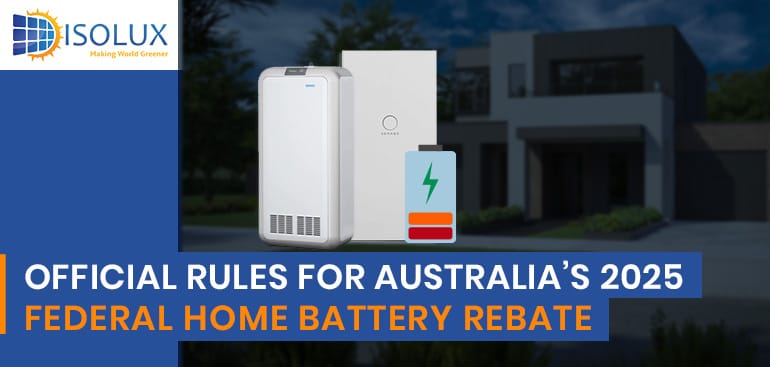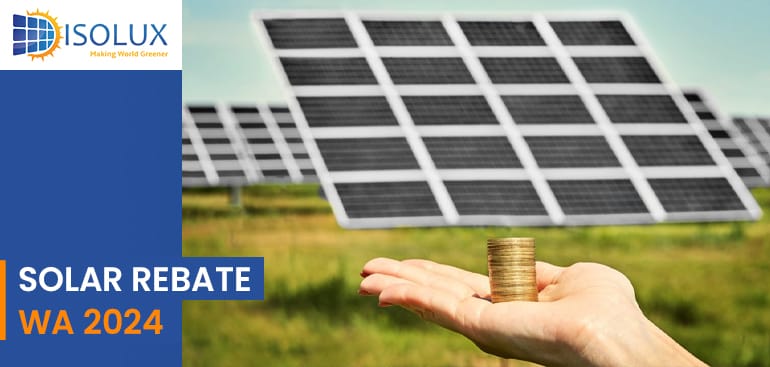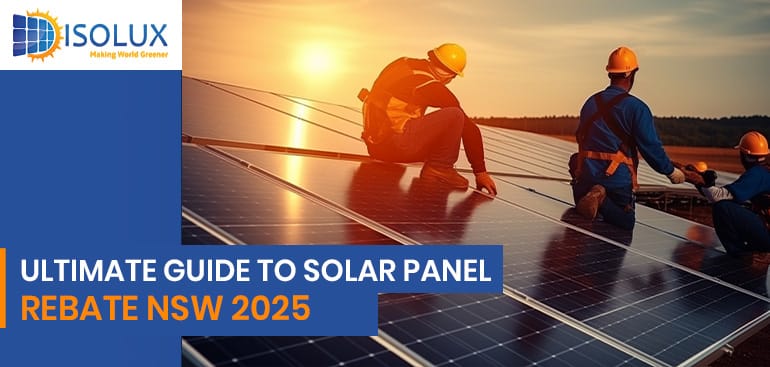Australia’s home energy landscape is set for a major transformation in 2025 with the launch of the federal government’s Cheaper Home Batteries Program. This landmark initiative will make battery storage more accessible and affordable for millions of households and small businesses, supporting the shift to cleaner, more resilient energy. Here’s a comprehensive breakdown of the official rules, eligibility, rebate values, and practical tips for homeowners considering battery installation.
Official Rules of Federal Home Battery Rebate
Under the official 2025 rebate rules, a battery system is considered “installed” only when a valid Certificate of Electrical Compliance (CoC) is issued by a licensed electrician.
Important conditions:
- Pre-installation is allowed, but the system must remain switched off until 1 July 2025.
- The CoC cannot be signed before 1 July 2025 — even if the battery is physically installed earlier.
- No CoC = No Rebate — and you also can’t turn the battery on.
This requirement ensures that all battery installations meet the latest safety and technical standards before they qualify for the federal rebate.
What Is the 2025 Federal Home Battery Rebate?
The Cheaper Home Batteries Program, commencing 1 July 2025, offers Australians a substantial upfront discount—up to 30%—on the cost of installing a new home battery system. The rebate is delivered as Small-scale Technology Certificates (STCs) under the expanded Small-scale Renewable Energy Scheme (SRES), the same mechanism that fueled Australia’s rooftop solar boom.
Key Features and Rebate Value
- Start Date: 1 July 2025
- Rebate Value: Up to $372 per usable kWh of battery capacity in 2025 (before admin fees), capped at 50 kWh per property
- How It Works: The rebate is applied as an upfront discount by your installer, who claims and processes the STCs on your behalf.
- Annual Decline: The rebate value will decrease each year until 2030, so early adopters receive the highest benefit.
Estimated Rebate Value by Year
| Year | STCs per kWh | Estimated Value per kWh |
| 2025 | 9.3 | $372 |
| 2026 | 8.4 | $336 |
| 2027 | 7.4 | $296 |
| 2028 | 6.5 | $260 |
| 2029 | 5.6 | $224 |
| 2030 | 4.7 | $188 |
Example: A 10 kWh battery installed in 2025 could attract a rebate of up to $3,720, reducing the upfront cost significantly. By 2030, the same system would only receive up to $1,880 in rebates.
Who Is Eligible for the Battery Rebate?
The program is designed to be widely accessible:
- Eligible Applicants: Homeowners (including landlords and owner-occupiers), small businesses, and community facilities (e.g., sports clubs, libraries)
- Means Testing: None—open to all eligible property owners
- Multiple Properties: Owners can claim the rebate for each property with its own electricity meter (NMI)
Battery System Requirements
To qualify for the rebate, your battery system must meet these criteria:
- Capacity: Nominal (total) capacity between 5 kWh and 100 kWh; rebate applies only to the first 50 kWh of usable capacity
- New Installations: Only new batteries are eligible (not second-hand or refurbished)
- Solar Connection: Must be installed with a new or existing rooftop solar PV system
- VPP Capability: On-grid batteries must be Virtual Power Plant (VPP) capable (joining a VPP is optional)
- Product Approval: Battery and inverter must be on the Clean Energy Council (CEC) approved product list
- Installer Accreditation: Installation must be by a Solar Accreditation Australia (SAA) accredited installer, with on-site supervision and compliance with all safety regulations.
Special Notes:
- Off-grid Installations: Eligible if the property is at least 1 km from the main grid or faces a grid connection cost of $30,000 or more.
- Additional Batteries: Adding capacity to an existing system may qualify if the system has not previously claimed the federal rebate, and the added capacity is at least 5 kWh.
- Electric Vehicle Batteries: Not eligible under this scheme.
How Is the Rebate Applied?
- Upfront Discount: Most homeowners will receive the rebate as an instant discount from their installer, who then processes the STCs.
- DIY Claim Option: You can opt to create and sell the STCs yourself, but this involves more paperwork and potential delays. Most people find the installer’s upfront discount more convenient, even if it’s slightly less than the maximum possible value.
Timing and Important Rules
- Commissioning Date: To qualify, your battery system’s Certificate of Electrical Compliance must be signed on or after 1 July 2025. You can install the system earlier, but it must not be commissioned or switched on before this date.
- Stacking Rebates: The federal rebate can be combined with eligible state battery rebates (e.g., in NSW, VIC, WA, NT), further reducing your out-of-pocket costs.
- One Rebate per Meter: Only one rebate per electricity meter (NMI), but multiple properties can each claim separately.
Why Act Early?
The rebate value is highest in 2025 and will decrease each year until 2030. With growing demand and potential supply constraints, booking your installation early and confirming your eligibility is strongly recommended.
Practical Example: Homeowner Savings
Scenario:
A Sydney homeowner installs a 10 kWh battery in July 2025.
- Federal rebate: $372 x 10 = $3,720 off the upfront cost
- NSW state rebate (if eligible): Up to $2,400 extra
- Total savings: Over $6,000 possible, depending on system and installer
How to Get Started
- Get Quotes from Accredited Installers: Use trusted platforms or local recommendations to find SAA-accredited professionals.
- Check Product Lists: Ensure your chosen battery and inverter are CEC-approved.
- Plan for July 2025: Schedule installation and commissioning to align with the program’s official start date.
- Ask About State Rebates: Combine federal and state incentives for maximum savings.
Conclusion
Australia’s 2025 Federal Home Battery Rebate is a game-changer for households and small businesses looking to future-proof their energy needs, reduce bills, and support the transition to clean energy. By understanding the official rules, acting early, and working with accredited installers, you can make the most of this unprecedented opportunity.
For more details or to get started, consult with Isolux Solar, and stay updated as the program’s technical requirements are finalized.
Get a Free Quote Now to take the benefits of rebate program.




